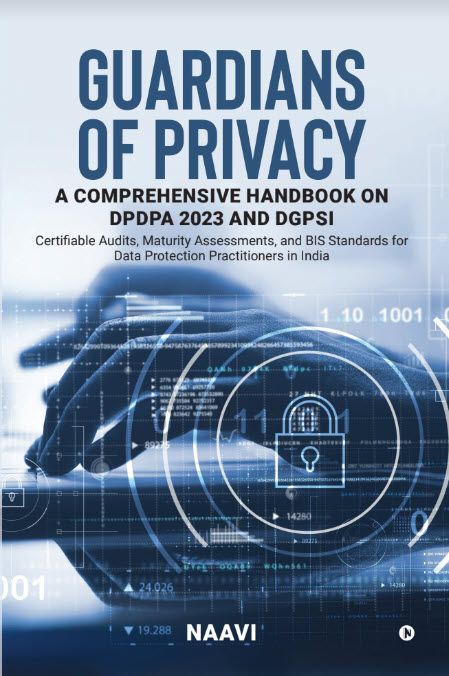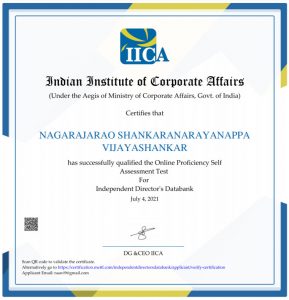The tweet of Shobha De on Telengana has created a huge backlash in the form of protests from Shivsena. This has given raise to yet another debate on the influence of Cyber Space on physical society.
The protests give a larger than life importance to tweets and create a controversy out of nothing. In fact the controversial tweet says just the following.
“Maharashtra and Mumbai??? Why not? Mumbai has always fancied itself as an independent entity, anyway. This game has countless possibilities.”
Obviously the tweet did not deserve the massive protests that followed. Just as in the case of the Palgahar arrests, Shivsena has given more publicity to the event than the tweet could have ever created.
Without deviating into a debate on Telangana or Mumbai as a Union Territory both of whom deserve a much elaborate debate on other platforms, I would like to reflect on the behaviour of the sections of physical society which appears to be over reacting to the known influence of the cyber society.
We must understand that Digital Society has its own spread and culture. Tweets and Facebook postings are part of this culture. This is shared by a certain community. Normally these discussions are like passing comments in a party. They come and go as a thought. It is rare that the thoughts that come up on such tweets snow ball into a firm opinion even amongst the Netizens, let alone the Citizens who are not Netizens. The incidents in Egypt and other places where revolutions in physical space have been credited to the Cyber society are more a reflection of the power of Cyber space as a means of contact rather than as a means of creating new opinions.
For a passing comment to gather steam and become an opinion that can affect the physical society, there must be a “felt need” in the society and the tweet should have triggered a reaction. In both the Palghar incident and the Shobha De incident the reaction did not come from anti-Shivasena persons who agreed with the opinion expressed in the cyber space. We can interpret this as lack of sufficient momentum for the cause for the comment to take a snow balling effect. (We must admit that the counter reaction was immediate and hence there was no time for the tweets to really reach to a larger set of people)
The reactions came from those in the part of the physical society who opposed the expression and assumed that the expressions had a huge impact that required a counter reaction.
It is a reasonable guess that most of the protestors are not “Netizens” and did not have a first hand experience of the tweet/facebook comment. Some body in the party saw the tweet/facebook post and triggered the protests. These “Triggering persons” seem to have acted with no sense of proportion. They have created a panic amongst the ordinary workers in the party and given out an impression as if a “Campaign for Independent Mumbai” had been started by Shobha De. The workers who did not know what is a “tweet”, “Who reads the tweets”, “What is the tweet culture” etc., simply accepted the suggestion made by the “Triggering person” and started the protests.
The end result is that now more people will think about the “culture of intolerance” that the protestors represent and perhaps see some value in the argument that Mumbai needs to be liberated from the control of such biased elements. The end result is that Shiv sena must have made more enemies than friends because of the protests.
The “Lack of Restraint” shown by the Cyber literate persons within a community dominated by Cyber illiterate majority, who have triggered the backlash, appears to be a behavioural trait that needs to be recognized and studied. The trait represents a desire to show that “I am Cyber literate” and “I claim leadership in the cyber literate group of my community”. It is a method by which some persons try to create a niche market for themselves within the community (In this case the Shivsena party) and become “niche leaders”.
This trait is similar to the behaviour of leaders who create an identity for themselves by creating divisions in the society by caste, sub caste, region etc. In fact this is the same trait that drives the demand for Telengana or Ghorkhaland or Bodo land. As long as we Indians donot develop the ability to control such trait, the country cannot unite. It is ironic that at one time there was a fight for “United Andhra” and now there is a fight for “Divided Andhra”. If there is a logic in dividing each state into multiple states, then why not each district or taluk be an independent “State”? In fact one time in history (“ondaanoMdu Kaaladalli”),there were perhaps Paleyagars who controlled small units of the community. It was however found undesirable that the community is so divided and the concept of aggregation came into practice. It is in the same manner that Sardar Patel could argue for Akhanda Bharath/United India. It is the desire of regional leaders to create a political space for themselves that is today creating a demand for smaller state. It has no economic logic or community interest in such moves.
At this point of time Cyber Space is more united than the physical space. There is no caste, creed, or geographical boundaries. But as we move from the “Anonymous Digital Society” to “Identified Digital Society”, the digital society is also getting divided into the same small sub sets that the physical societies are used to. There is a demand for Indian Twitter and Indian Facebook. Tomorrow there will be a demand for Telengana Twitter and Bodoland Facebook. This will kill the good things that Internet has brought to the society and the bad things of the physical society gets transferred to the digital society.
In order to preserve the integrity of the Cyber Space there is a need for all of us to think how we can ensure that “Free Internet” survives even during the increasing domination of the “Commercial Internet” which requires “Identity dominated Internet”.
The demand for “Regulated Anonimity” therefore emerges as one likely solution.
The other solution is for celebrities to rethink on their “Tweet Strategy” and consider if it is necessary for them to remain anonymous in cyber space if they need to build opinions that bring beneficial change in the community. Perhaps celebrities need to keep two channels of tweeting running parallel to each other and use their real identities only sparingly.
This discussion will gather more momentum as we near the next election when there will probably be a twitter war between political parties in India. At such a time, the essence of every tweet will be lost by the information on who made the tweet. For example while discussing politically sensitive topics say such as the “Gujarat Model of Development”, it is essential for the tweeter to focus on the topic without the readers trying to interpret the essence of the tweet with the colour of the political affiliation of the tweeter. I suppose both the BJP and Congress will keep this in mind during their cyber campaigns.
Naavi






